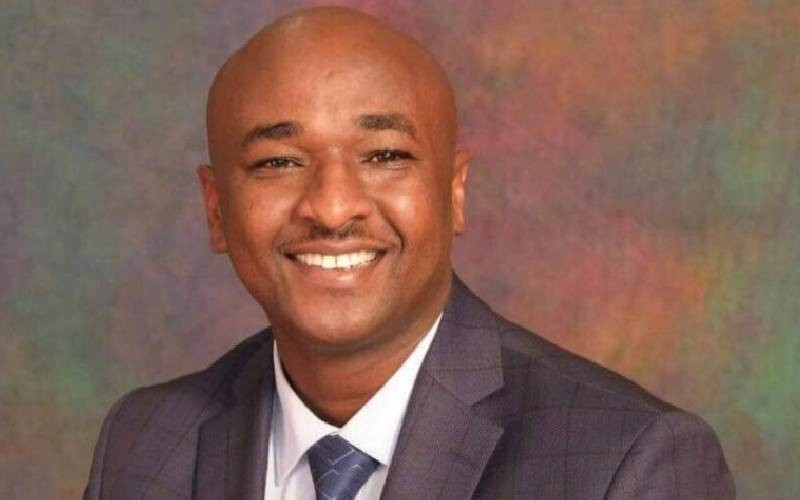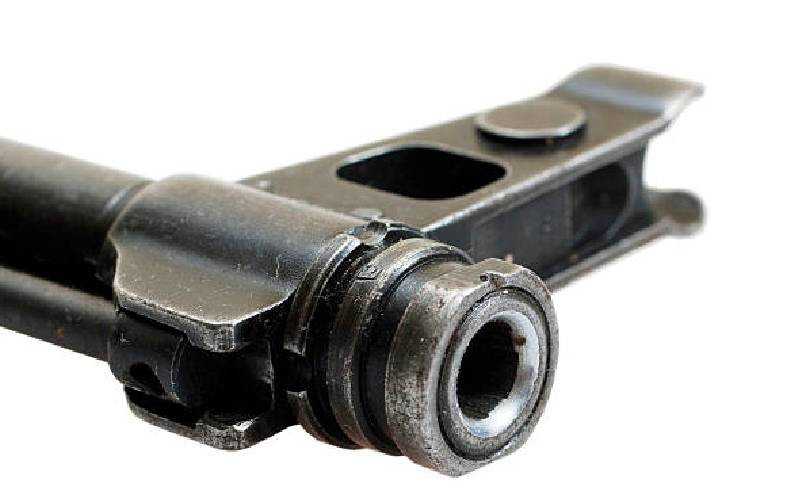NAIROBI: There are 108 prisons in Kenya with an estimated population of close to 50,000 inmates at any given time.
With hundreds of offenders getting life and very long sentences and with a moratorium on mandatory death penalty, the costly exercise of keeping offenders in prisons is a great concern of the taxpayer.
Electronic monitoring (EM) may perhaps be the answer in this age of technology.
Electronic monitoring entails surveillance under which a device is fitted on a person. This system is used as a form of non-custodial sentencing of convicted offenders, to monitor patients with dementia in healthcare and for immigration controls. The system operates in two ways; through the use of GPS technology or radio waves.
The current location of the wearer of the device is tracked with the use of GPS technology in the monitors. This is done day and night and wearers every movement are always traceable.The second application is the use of radio-wave technology, where the offender is placed on a curfew. The device sends radio waves to a system installed in the offender's house.
These waves are relayed to a central computer. A Home Detention Curfew period is given in which the wearer is meant to be in the house. If the individual is not in the house at the time of the curfew then the information is forwarded from a control centre that is managed by private companies to authorities.
In the American and UK criminal justice systems, inter-agency cooperation from probation officers, law enforcement to the private companies tasked to deal with the management of the system.
The system was developed to track the location of parolees, mental patients and research volunteers in Massachusetts between 1964 and 1970. The rise of overcrowded population in prisons is the focal point of the system.
EM has proved to be cheap and an effective method of keeping a tag on suspects on bail, and also those likely to re-offend after prison terms. According to G4S UK – the company that manages EM in the UK – the key benefits of the system are many. One, it is an effective means of disrupting offending patterns, it is cost-efficient and it offers flexibility to adapt curfews to the requirements of individual offender management programmes.
Offenders get to spend more time with their families, increases public protection from offenders released back into the community and has a positive impact on offender behaviour whilst enabling offenders to maintain or seek employment or continue with educational studies.
In the UK, electronic monitoring was provided for by the Criminal Justice Act 1991. It introduced the curfew order with EM as a community sentence.
The EM system has several advantages over imprisonment. First, the reduction of the use of custody without increasing the risk to the public. Second, to avoid the 'contamination factor' in imprisonment, when first offenders mix with more experienced offenders and learn the 'tricks of the trade'. Third, avoid the stigma of prison and the dislocation of family ties.
The uses of electronic monitoring are now being used not only in criminal proceedings as a form of punishment, but play a preventive role. Sir James Munby, judge and president of the Family Division of the High Court of England, on August 4, 2015, made unprecedented ruling in which he ordered the electronic tagging – believed to be the first of its kind – of the parents of two families thought to be at risk of taking their children to Isis-controlled areas.
The management of system has not been smooth sailing. The UK government, through the Ministry of Justice, received about £180 million from the two companies that were tasked to provide monitoring services, being repayment for overcharging.
Electronic monitoring was introduced to the US criminal justice system in 1984. Today, an estimated 200,000 Americans wake up with it. The device allows offenders the opportunity to maintain ties with their families and stay employed as they serve their sentence.
Stay informed. Subscribe to our newsletter
In South Africa, the electronic tagging system is utilised both for pre-trial and post-trial controls. In the former, to ensure the individual does not commit further crimes, and adheres to prescribed conditions and the option to consider for offenders who could not afford bail. The country has the biggest prison population in the continent.
Notably, Oscar Pistorius, the famous Paralympic champion, was unable to get electronically tagged because he did not have ankles for the device to be attached. He had made the application pending the hearing of the appeal to his conviction following the shooting of his girlfriend in 2013.
Introduction of electronic system in Kenya in all probability is an utopian idea. History of procurement hurdles and possibility of mouth-watering corrupt deals in setting up the system can be smelt from miles.
The tried and tested system of EM is well worth a discussion in the Kenyan legal scene.
 The Standard Group Plc is a
multi-media organization with investments in media platforms spanning newspaper
print operations, television, radio broadcasting, digital and online services. The
Standard Group is recognized as a leading multi-media house in Kenya with a key
influence in matters of national and international interest.
The Standard Group Plc is a
multi-media organization with investments in media platforms spanning newspaper
print operations, television, radio broadcasting, digital and online services. The
Standard Group is recognized as a leading multi-media house in Kenya with a key
influence in matters of national and international interest.
 The Standard Group Plc is a
multi-media organization with investments in media platforms spanning newspaper
print operations, television, radio broadcasting, digital and online services. The
Standard Group is recognized as a leading multi-media house in Kenya with a key
influence in matters of national and international interest.
The Standard Group Plc is a
multi-media organization with investments in media platforms spanning newspaper
print operations, television, radio broadcasting, digital and online services. The
Standard Group is recognized as a leading multi-media house in Kenya with a key
influence in matters of national and international interest.









